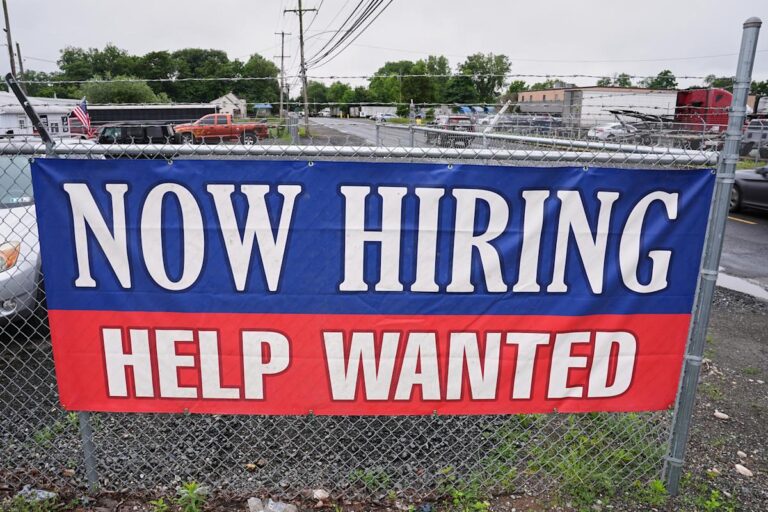This is The Takeaway from today’s Morning Brief, which you can sign up to receive in your inbox every morning along with:
Your own job is a binary event — you either have one or you don’t.
Labor market data so closely tracked by investors offers a different story about US employment, one told in the aggregate. And reconciling the two right now has made discussion about the overall state of the US job market particularly rich.
In May, the US economy added 139,000 new jobs while the unemployment rate held steady at 4.2%. Data on job openings posted last week showed a surprise increase in April, though hiring demand continues to cool from post-pandemic highs. That’s at least according to the US government.
Data from payroll processor ADP published last week, however, suggested there were only 37,000 roles added to the private sector, the fewest since March 2023. For recent college grads and others at the entry level of the workforce, the job market hasn’t been this challenging in years.
Take this labor market data together with surveys from the services and manufacturing industries, and some economists see signs of “paralysis” forming in the US economy.
As President Truman once said, it’s a recession when your neighbor loses their job and a depression when you lose yours.
A reimagining of this quote might say it’s an economic expansion when your recent college graduate secures a job before being handed their diploma and a recession if they’re still out of work when school starts again in the fall.
In a modern labor market context where many thousands of people cobble together disparate income streams via consulting, contract work, influencing, and so forth, the lines around employment and unemployment might blur.
Employment insurance data published weekly by the Department of Labor is less ambiguous.
Though again, here we see enough room for two visions of the labor market to appear.
On a weekly basis, initial filings for unemployment insurance remain low, tallying 247,000 last week. And though this was the most since October, economists at Barclays said in reaction to the report that the figures looked “exaggerated” due to a large increase from Kentucky and lingering seasonal adjustment issues related to the pandemic.
Contrasting that are the continuing jobless claims — or the number of people who have filed for benefits after at least one week of unemployment — which have risen to nearly four-year highs in recent weeks.
Story Continues
